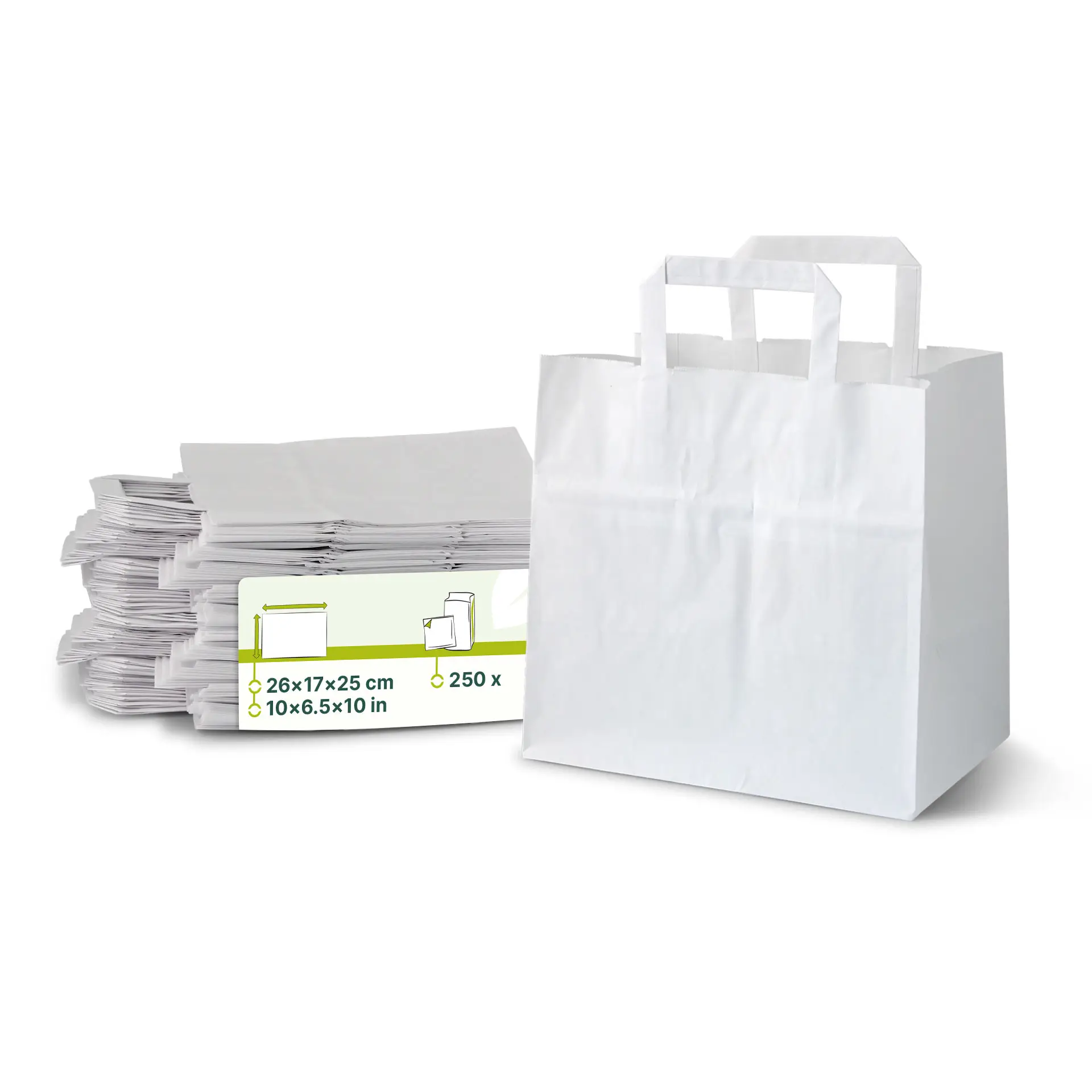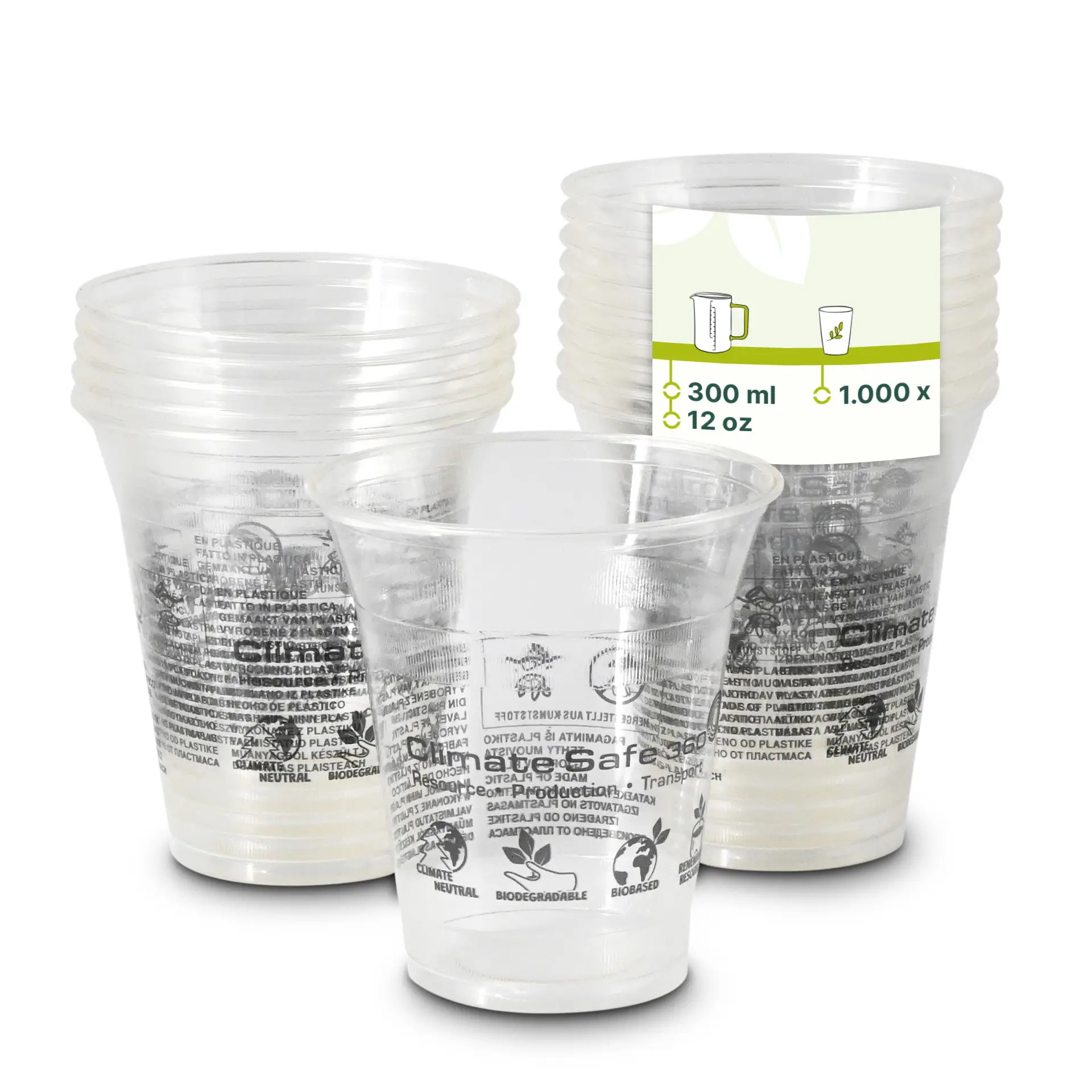How can you offset greenhouse gases?
In order to offset CO2 emissions, a carbon footprint must be established. This records the amount of CO2 that a company emits. The distinction between products and their carbon footprint (Product Carbon Footprint = PCF) and corporate activities and the resulting footprint (Corporate Carbon Footprint = CCF) is particularly relevant. The PCF is calculated from all parameters that potentially cause emissions, such as the production, transport, marketing and disposal of a product. The CCF includes all data that are relevant for the calculation of a company's emissions. On the one hand, this includes direct emissions. These include, for example, the heating of the building, the operation of the vehicle fleet and the use of refrigerants. On the other hand, there are the indirect emissions, which include, for example, business trips, the volume of waste and the associated disposal. Direct and indirect emissions added together result in the complete corporate carbon footprint.
Certain measures can be taken to compensate for emissions that occur at the product or company level. There are measures to bind CO2, such as reforestation projects. But also through the protection of peatlands and the watering down of already drained peatlands, their CO2 storage capacity can be preserved or restored. Compensation can also be realised in the form of investments in climate-friendly energy production, e.g. by investing in hydroelectric or wind power plants. It is irrelevant for the success of an offset where the project is realised. There are corresponding projects both in Germany and internationally. However, you should make sure that the climate protection projects meet certain standards; often you will receive a corresponding certificate, e.g. from Gold Standard. Projects of this organisation were developed in such a way that they combine social, ecological and economic dimensions of sustainability and thus make a comprehensive contribution to the environment and climate. With the help of offsets, products and companies whose existence cannot do without emitting CO2 can also improve their ecological footprint.







